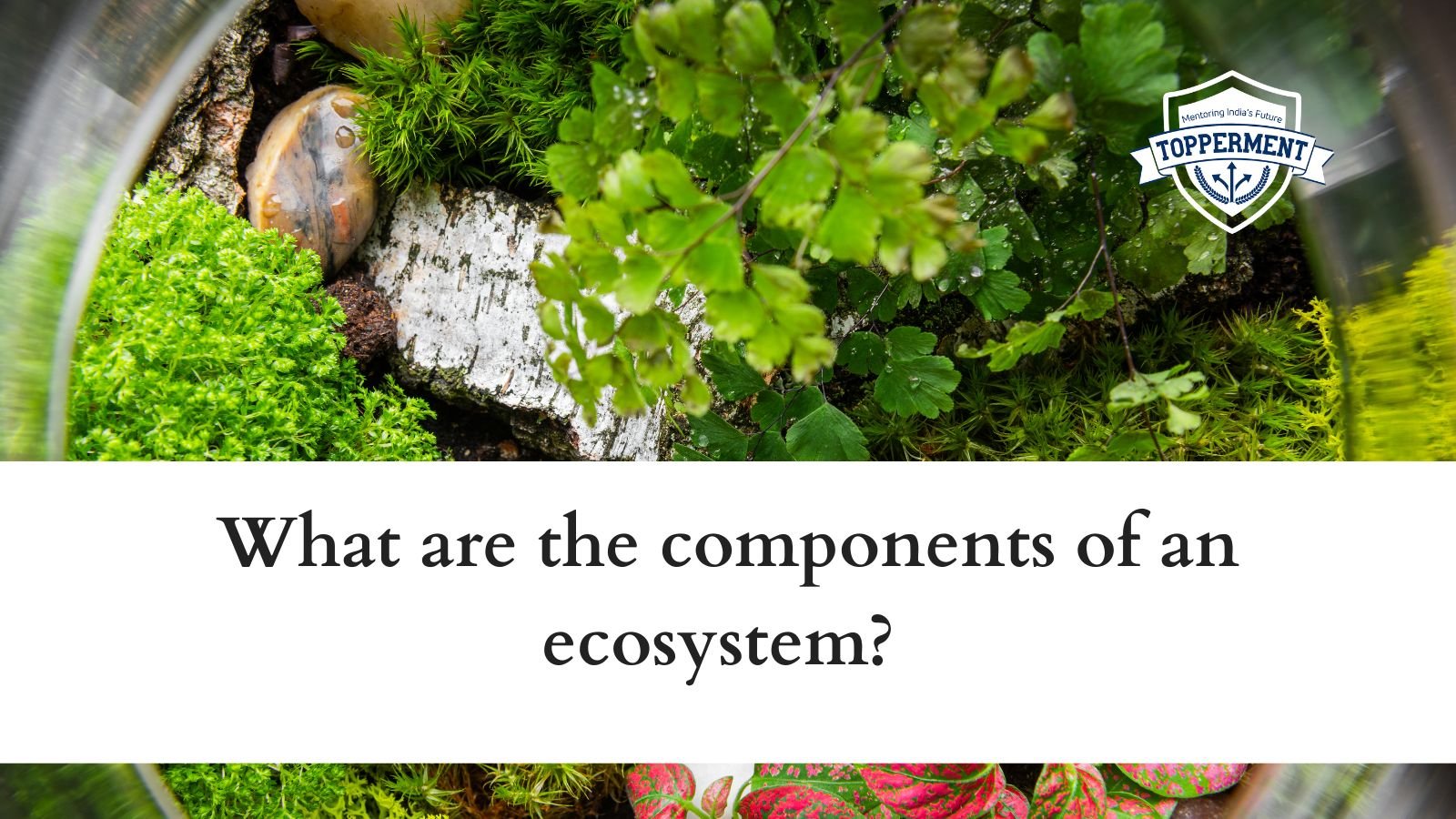An ecosystem is a group that is composed of living and non-living organism and their interactions with each other in the surroundings. Every ecosystem has two components and they are called biotic and abiotic components.
The Biotic components are the living things that have a direct influence on other organisms that make up the ecosystem. Examples of biotic components are plants, animals, microorganism, and their waste materials.
The biotic components are divided into three categories: producers, consumers, and decomposers. The producers include all the autotrophs that use light energy and produce food on their own like plants and green algae. The consumers have heterotrophs that directly depend on the producers for their food. The consumers are categorized into herbivores, carnivores, omnivores, and parasites. The decomposers are saprophytes that feed upon the dead matter and decay entirely for their nutrition.
On the other side, the abiotic components of the ecosystem include the chemical and physical elements that are the nonliving components. The abiotic components differ from region to region, and they are known for taking up the role of a life supporter. The abiotic components are solely responsible for restricting population growth, and the number and diversity of biotic factors in an ecosystem.
Ecosystems are a network of interactions and competition that take place between the biotic and abiotic components. The components are related to one another through energy exchange and nutrient cycling.
Also Read
- What are the Models Of Energy Flow? | UPSC Science And Technology
- What are the objectives of Preamble of the Indian Constitution? | UPSC Polity
Follow Us For More Content On:
https://www.instagram.com/topperment/
Tag:Abiotic, Autotrophs, Biotic, Chemical, Ecosystem, Environment, IAS, IFS, India, IPS, IRS, Physical Elements, Population growth, UPSC


